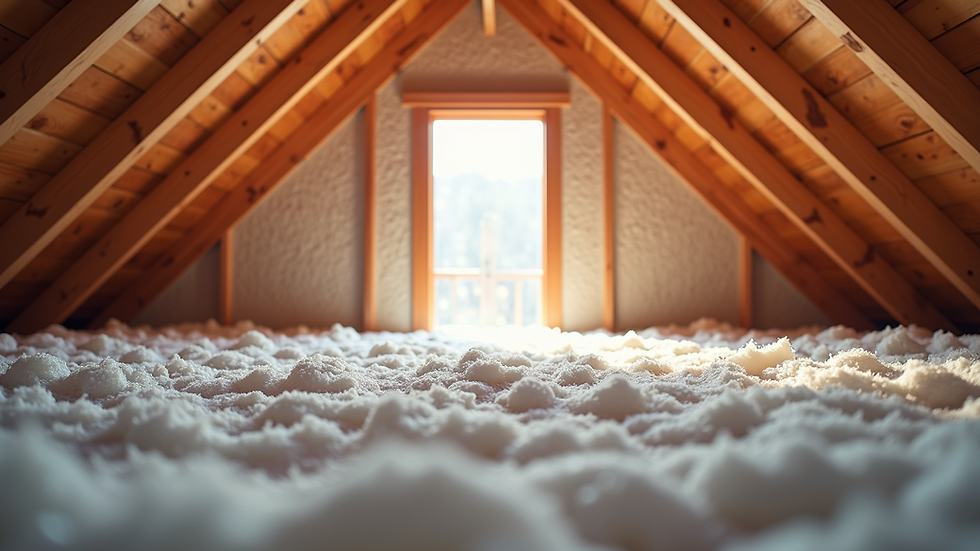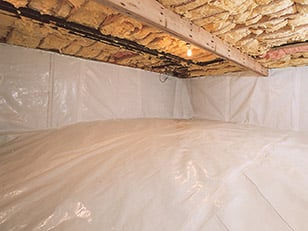Maximize Comfort with Attic Fiberglass Insulation
- sgonzalez2414
- Aug 6
- 3 min read
When it comes to keeping your home comfortable year-round, insulation plays a crucial role. One of the most popular and effective options is fiberglass insulation, especially in the attic. Proper insulation helps regulate temperature, reduce energy bills, and improve overall home comfort. This article explores how fiberglass attic solutions can transform your living space, offering practical advice and insights to help you make the best choice for your home.
Understanding Fiberglass Attic Solutions
Fiberglass attic solutions involve using fiberglass material to insulate the attic space. This material is made from fine glass fibers and is known for its excellent thermal resistance. It is available in batts, rolls, or loose-fill forms, making it versatile for different attic configurations.
Benefits of Fiberglass Attic Solutions
Energy Efficiency: Fiberglass traps air, reducing heat transfer and keeping your home warmer in winter and cooler in summer.
Cost-Effective: Compared to other insulation types, fiberglass is affordable and widely available.
Fire Resistance: Fiberglass is non-combustible, adding a layer of safety to your home.
Soundproofing: It also helps reduce noise from outside or between floors.
Installing fiberglass insulation in your attic can significantly lower your heating and cooling costs, making it a smart investment.

How to Choose the Right Fiberglass Attic Solutions
Selecting the right fiberglass insulation depends on several factors, including your attic size, climate, and budget. Here are some key considerations:
R-Value: This measures the insulation’s resistance to heat flow. Higher R-values mean better insulation. For attics, an R-value between 38 and 60 is recommended in most climates.
Type of Fiberglass:
Batts and Rolls: Easy to install in open spaces between joists.
Loose-Fill: Ideal for irregular or hard-to-reach areas.
Installation Method: Professional installation ensures proper coverage and avoids gaps that reduce effectiveness.
Moisture Control: Use vapor barriers to prevent moisture buildup, which can damage insulation and cause mold.
By carefully evaluating these factors, you can select the best fiberglass attic solution tailored to your home’s needs.

What is the biggest problem with fiberglass insulation?
Despite its many advantages, fiberglass insulation has some drawbacks that homeowners should be aware of. The biggest problem is its potential to lose effectiveness if not installed correctly or if it becomes compressed or wet.
Common Issues with Fiberglass Insulation
Compression: When fiberglass is compressed, its insulating ability decreases because it traps less air.
Moisture Damage: Fiberglass does not absorb water, but moisture can reduce its thermal performance and promote mold growth.
Air Leakage: Gaps or improper sealing around insulation can allow air to bypass the material, reducing efficiency.
Health Concerns: Handling fiberglass can irritate skin, eyes, and lungs, so protective gear is necessary during installation.
To avoid these problems, ensure proper installation by trained professionals and maintain your attic’s ventilation and moisture control.

Practical Tips for Installing Fiberglass Attic Insulation
If you decide to install fiberglass insulation yourself or oversee a professional installation, keep these tips in mind:
Wear Protective Gear: Gloves, goggles, and masks protect you from irritation.
Seal Air Leaks First: Use caulk or foam to seal gaps around vents, chimneys, and wiring.
Maintain Proper Thickness: Follow recommended R-values for your region to ensure adequate insulation.
Avoid Compression: Lay insulation loosely and avoid stepping on it.
Check for Moisture: Fix any roof leaks or ventilation issues before installation.
Following these steps will help maximize the performance and lifespan of your insulation.
Enhancing Home Comfort with Attic Fiberglass Insulation
Using attic fiberglass insulation is a proven way to improve your home's comfort and energy efficiency. It creates a barrier that keeps warm air inside during winter and blocks heat during summer. This reduces the workload on your HVAC system, leading to lower energy bills and a more consistent indoor temperature.
Additionally, fiberglass insulation contributes to soundproofing, making your home quieter and more peaceful. It is also environmentally friendly, as it often contains recycled glass and can be recycled again.
Investing in quality fiberglass attic solutions is a smart choice for long-term comfort and savings.
By understanding the benefits and challenges of fiberglass insulation and following best practices for installation, you can maximize your home's comfort and efficiency. Whether upgrading existing insulation or installing new material, fiberglass attic solutions offer a reliable and cost-effective way to enhance your living environment.




Comments